What is Brachalgia?
Brachalgia, also known as brachial neuralgia or brachialgia, is a medical condition characterized by pain in the arm. It can also be compared to Sciatica, where Sciatica affects symptoms in the leg, this give’s symptoms in the arm.
This condition can significantly impact an individual's daily activities and quality of life. In this blog post, we will delve into the causes, symptoms, and available treatment options for Brachalgia, providing you with valuable insights into this condition.
Causes of Brachalgia:
Brachalgia is often caused by nerve compression or irritation in the brachial plexus, a network of nerves located in the shoulder region. Several factors can contribute to the development of brachalgia, including:
1. Cervical Radiculopathy: This occurs when a nerve root in the cervical spine becomes compressed or irritated, leading to pain and other neurological symptoms that radiate into the arm.
2. Herniated Disc: A herniated disc in the cervical spine can exert pressure on the adjacent nerves, causing brachalgia symptoms.
3. Thoracic Outlet Syndrome: This condition involves the compression of nerves or blood vessels as they pass through the thoracic outlet, resulting in brachalgia and other associated symptoms.
In terms of diagnosis, an MRI can be helpful in understanding the source/root of the symptoms and help guide the treatment plan and management.

Symptoms of Brachalgia:
The primary symptom of brachalgia is pain in the shoulder region & arm that can vary in intensity and duration. Other common symptoms include:
1. Radiating pain: The pain may radiate from the neck down to the fingertips, following the path of the affected nerves.
2. Numbness and tingling: Individuals with brachalgia may experience numbness, tingling sensations, or a "pins and needles" feeling in the affected arm.
3. Muscle weakness: Weakness in the arm muscles may occur due to nerve compression, leading to difficulties with gripping or lifting objects.
Treatment Options:
The treatment approach for brachalgia depends on the underlying cause and severity of symptoms. Here are some common treatment options:
1. Medications: Nonsteroidal anti-inflammatory drugs (NSAIDs), muscle relaxants, and pain medications may be prescribed to manage pain and reduce inflammation.
2. Physiotherapy: Specific exercises and stretches can help alleviate pain, improve range of motion, and strengthen the muscles surrounding the affected area.
3. Nerve Blocks: In some cases, nerve blocks may be administered to provide temporary pain relief by numbing the affected nerves.
4. Surgery: Surgical intervention may be considered in severe cases or when conservative treatments fail to provide relief. Procedures like discectomy or decompression surgery can help alleviate nerve compression.

Brachalgia can significantly impact an individual's quality of life due to the persistent pain and discomfort it causes in the shoulder region and arm. Understanding the underlying causes and available treatment options is crucial for effective management. At Chelmsford Physio we have expert Physiotherapists who can help with the diagnosis of brachalgia, and plan an appropriate treatment pathway. If needed we also liaise with GPs and we work some of the best spinal surgeons & pain consultants to help further.
Chelmsford Physio
Riverside Leisure Centre, Victoria Rd, Chelmsford CM1 1FG



